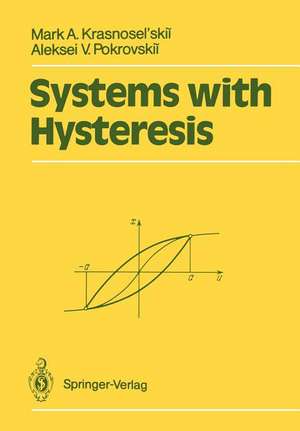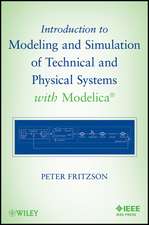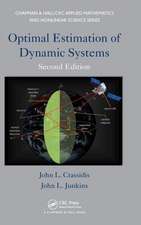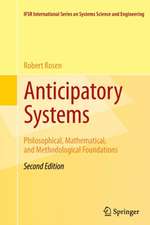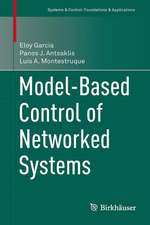Systems with Hysteresis
Autor Mark A. Krasnosel'skii Traducere de Marek Niezgodka Autor Aleksei V. Pokrovskiien Limba Engleză Paperback – noi 2011
Preț: 399.67 lei
Nou
Puncte Express: 600
Preț estimativ în valută:
76.47€ • 79.85$ • 63.15£
76.47€ • 79.85$ • 63.15£
Carte tipărită la comandă
Livrare economică 15-29 aprilie
Preluare comenzi: 021 569.72.76
Specificații
ISBN-13: 9783642647826
ISBN-10: 3642647820
Pagini: 436
Ilustrații: XVIII, 410 p.
Dimensiuni: 170 x 244 x 23 mm
Greutate: 0.69 kg
Ediția:Softcover reprint of the original 1st ed. 1989
Editura: Springer Berlin, Heidelberg
Colecția Springer
Locul publicării:Berlin, Heidelberg, Germany
ISBN-10: 3642647820
Pagini: 436
Ilustrații: XVIII, 410 p.
Dimensiuni: 170 x 244 x 23 mm
Greutate: 0.69 kg
Ediția:Softcover reprint of the original 1st ed. 1989
Editura: Springer Berlin, Heidelberg
Colecția Springer
Locul publicării:Berlin, Heidelberg, Germany
Public țintă
ResearchCuprins
1 Static Hysteron.- 1. Short-memory transducer.- 2. Generalized play.- 3. Hysteron.- 4. Canonical representation of hysteron and proof of Theorem 3.2.- 5. Distances.- 6. Various input spaces.- 2 Identification Theorem.- 7. Identification problem.- 8. Proof of Theorem 7.1.- 9. ? - identiflability.- 10. Approximate construction of hysteron.- 3 Vibro-Correct Differential Equations and Variable Hysterons.- 11. Necessary condition of vibro-correctness.- 12. Sufficient condition of vibro-correctness.- 13. Vibro-solutions.- 14. Equations with constraints.- 15. Variable hysteron.- 4 Multidimensional Hysterons.- 16. Multidimensional play and stop defined on smooth inputs.- 17. Strictly convex characteristics.- 18. Polyhedral characteristics.- 19. Arbitrary convex characteristics.- 20. Inputs with summable derivatives.- 21. Vibro-correct equations with vector input.- 22. Equations with vector inputs and smooth constraints.- 5 Discontinuous Nonlinearities.- 23. Static elements.- 24. Elements with monotone characteristics.- 25. Elements with multi-valued characteristics.- 26. Closures of static element.- 27. Weak closures and convexification procedure.- 28. Relay.- 6 Self-Magnetization Phenomenon.- 29. Madelung’s hysterons.- 30. Proofs of Theorems 29.1 and 29.2.- 31. Response to small perturbations of the input.- 32. Closure modulo sets of Wiener measure zero.- 7 Complex Hysteresis Nonlinearities.- 33. Parallel connections and bundles of hysterons.- 34. Sequential connections of hysterons.- 35. Ishlinskii’s material.- 36. Properties of Ishlinskii’s transducer.- 37. Finite systems of relays.- 38. Continual systems of relays.- 39. Rheological models.- Bibliographic comments.- References.
